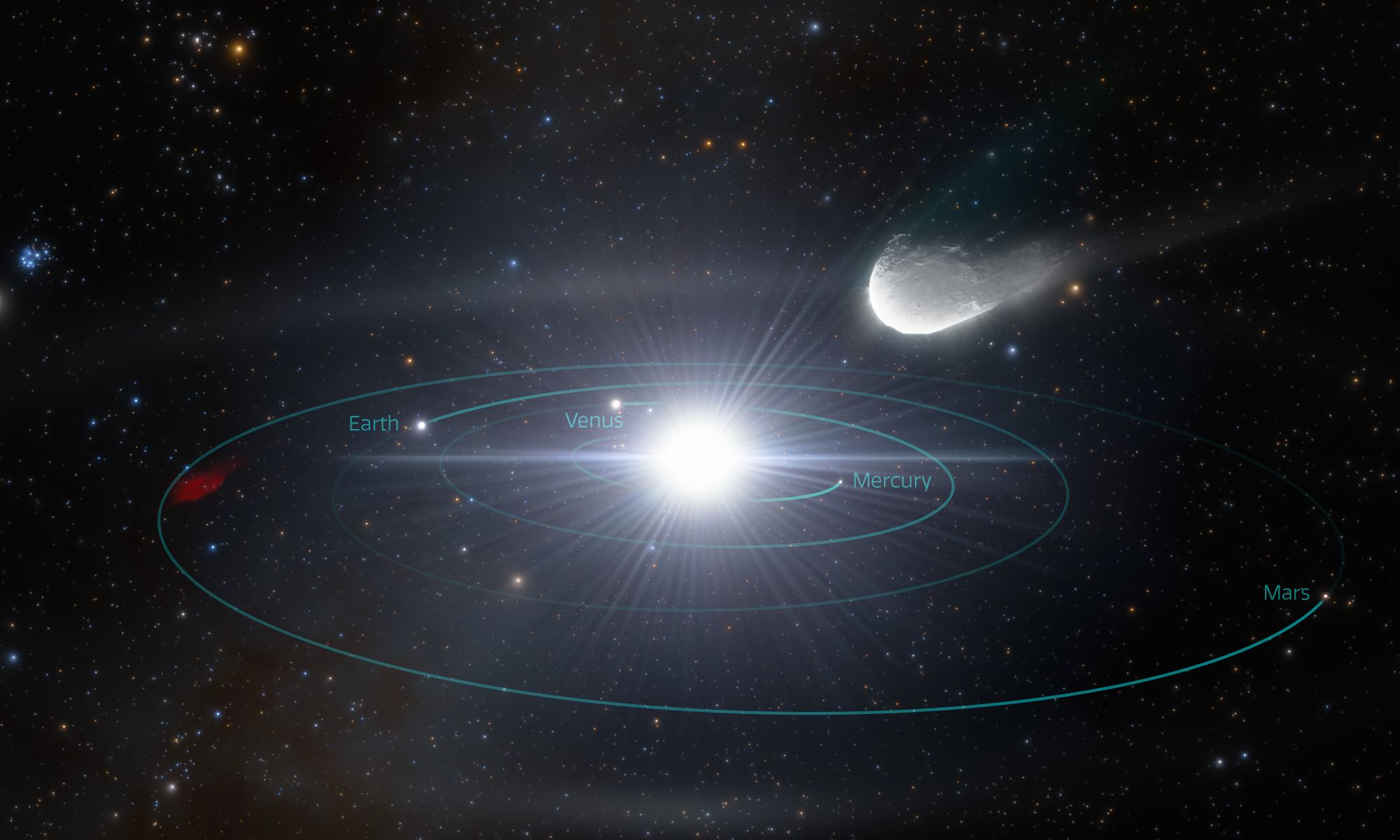Academic research on solar system objects has increased dramatically over the last twenty years. However, information on most of the estimated 1.2 million objects discovered in our solar system has been spread throughout various databases and research papers. Putting all that data into a single data store and making it easy to access would allow researchers to focus on their research rather than on where to collect data. That is the idea behind the Solar System Open Database Network (SsODNet), a project by data scientists at the Observatoire de Paris.
Continue reading “The Properties of 1.2 Million Solar System Objects Are Now Contained In A Machine-Readable Database”The Properties of 1.2 Million Solar System Objects Are Now Contained In A Machine-Readable Database










